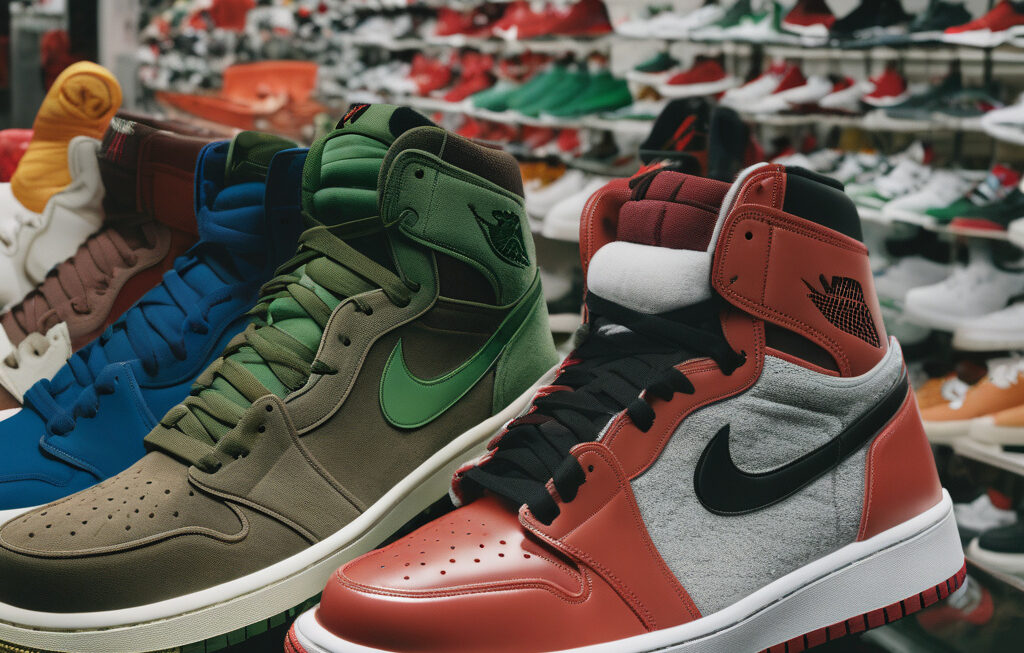Adidas and Puma Bet on Running Shoes as Tariffs Loom
Adidas and Puma, two iconic German sneaker brands, are gearing up for a strategic shift in their product focus. With the looming threat of tariffs and the increasing competition from smaller rivals like Hoka and On Holding AG, both companies are setting their sights on regaining their market share in the running shoe segment.
In recent years, Adidas and Puma have faced challenges in the running shoe category as consumers have shown a growing preference for niche brands that offer specialized features and designs. This shift has resulted in a loss of market share for the two sportswear giants, prompting them to rethink their strategies and invest more heavily in the running shoe market.
Adidas, known for its innovative approach to footwear design, is doubling down on research and development to create cutting-edge running shoes that combine performance and style. The company’s latest Ultraboost line, which features responsive cushioning and lightweight materials, has been well-received by runners and athletes alike. By focusing on technological advancements and customer feedback, Adidas aims to regain its position as a leader in the running shoe market.
Meanwhile, Puma is also ramping up its efforts to capture a larger share of the running shoe market. The brand, which has a strong heritage in sports and athletics, is leveraging its expertise to introduce new running shoe models that cater to the evolving needs of consumers. Puma’s Speed line, known for its sleek design and responsive cushioning, has been gaining traction among runners looking for both performance and style in their footwear.
As both Adidas and Puma pivot towards running shoes, they are not only aiming to boost sales but also to mitigate the impact of potential tariffs on their businesses. The ongoing trade tensions and the threat of tariffs on footwear imports have added a layer of uncertainty for global sneaker brands, making it imperative for companies to streamline their product offerings and focus on high-demand categories like running shoes.
By refocusing on running shoes, Adidas and Puma are positioning themselves to capitalize on the growing popularity of athleisure wear and the increasing consumer interest in health and fitness. Running shoes have become a staple in people’s wardrobes, not just for athletic activities but also for everyday wear, driving demand for innovative and stylish designs that offer both comfort and performance.
In conclusion, Adidas and Puma’s strategic shift towards running shoes reflects their commitment to staying ahead of market trends and meeting the evolving needs of consumers. By investing in research, design, and technology, both brands are poised to regain their foothold in the running shoe market and drive growth in the face of increasing competition and trade challenges.
#Adidas, #Puma, #RunningShoes, #Tariffs, #SneakerMarket











